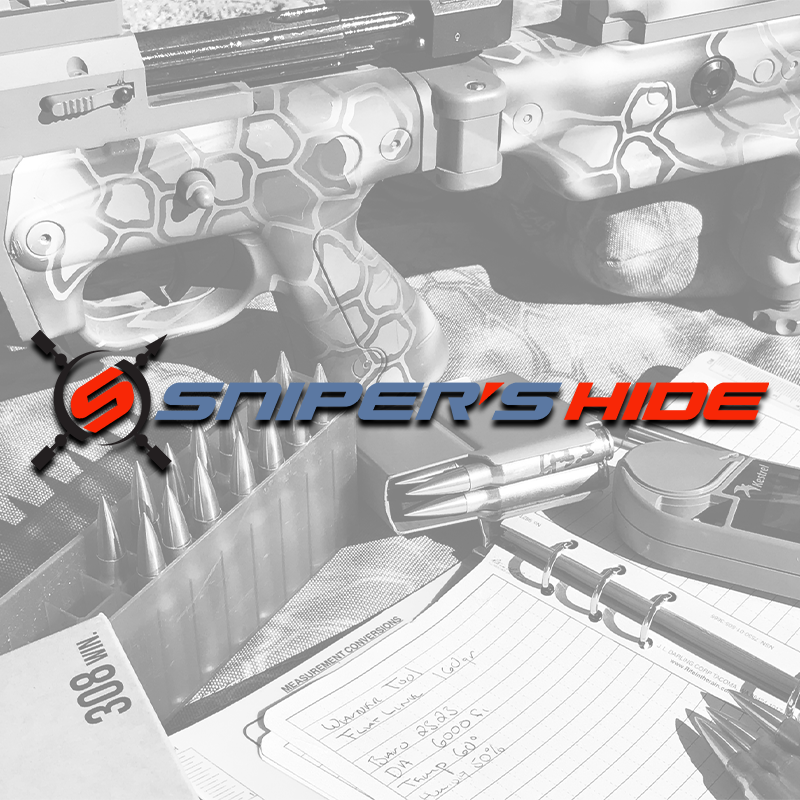I mean, do we think a scope is slipping in the rings and then sliding back into place? If not, then why are we thinking the mount does it? If we can long one part down, we can lock the other down. I understand that the way the optic is clamped and the rails is clamped are different. But still.
Another example, Ted @ ARC has stated he only puts a recoil lug on his mounts because the industry expects it. That it doesn't require one as his clamp should easily hold under heavy recoil when properly installed. I know the OP is talking about windage, but again.....if we can clamp an angled surface and it's not slipping with heavy recoil, I'd think we can clamp tight enough that we aren't going to see "moving and then slipping back into place" due to lubrication allowing it.
@308pirate
What's your opinion on this? I'm always open to learning.
I think we're thinking 90 degrees different. My comment was in regard to something impacting the side of the scope/mount as if it were dropped. In that instance you have elastic deformation of the clamp assembly then the clamp rebounding. I don't know if that's what's happening. I've personally never experienced this to my knowledge.



